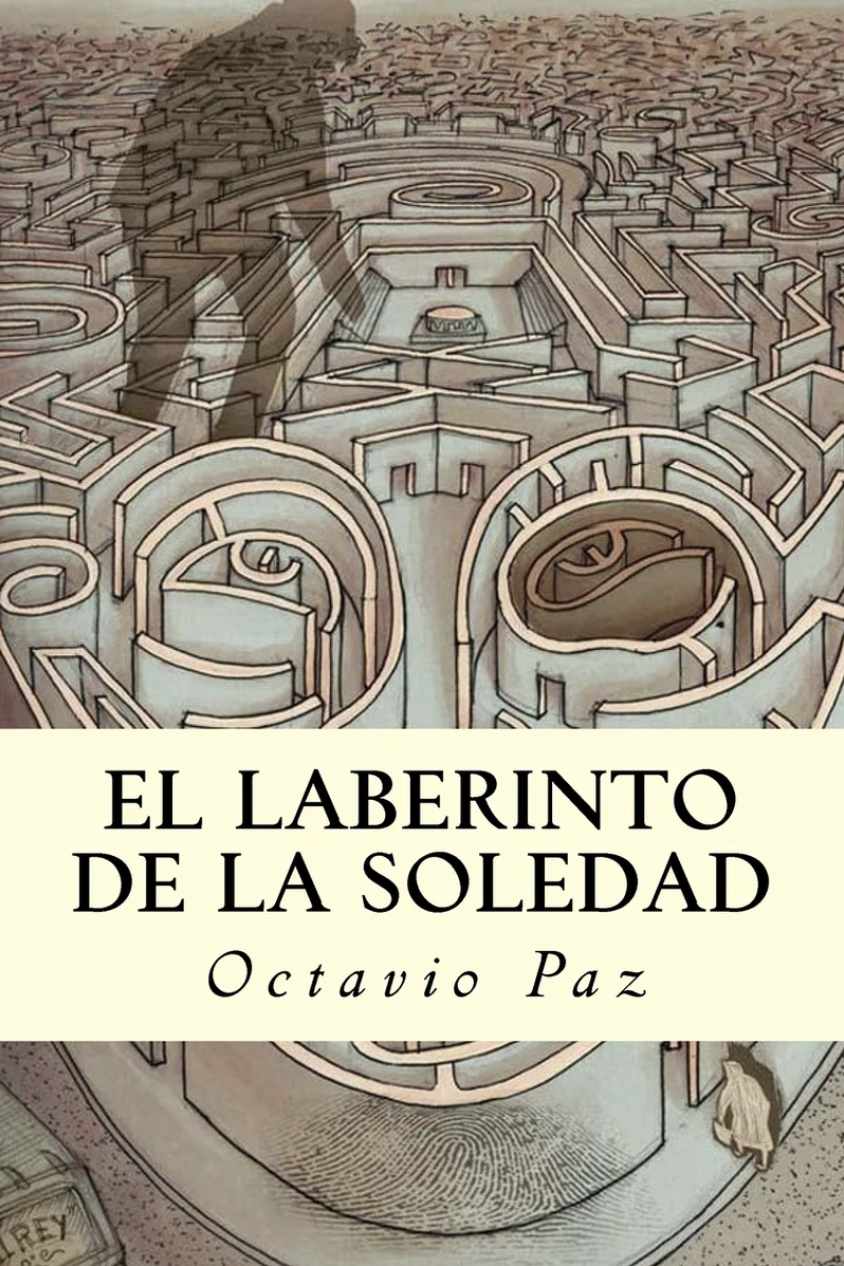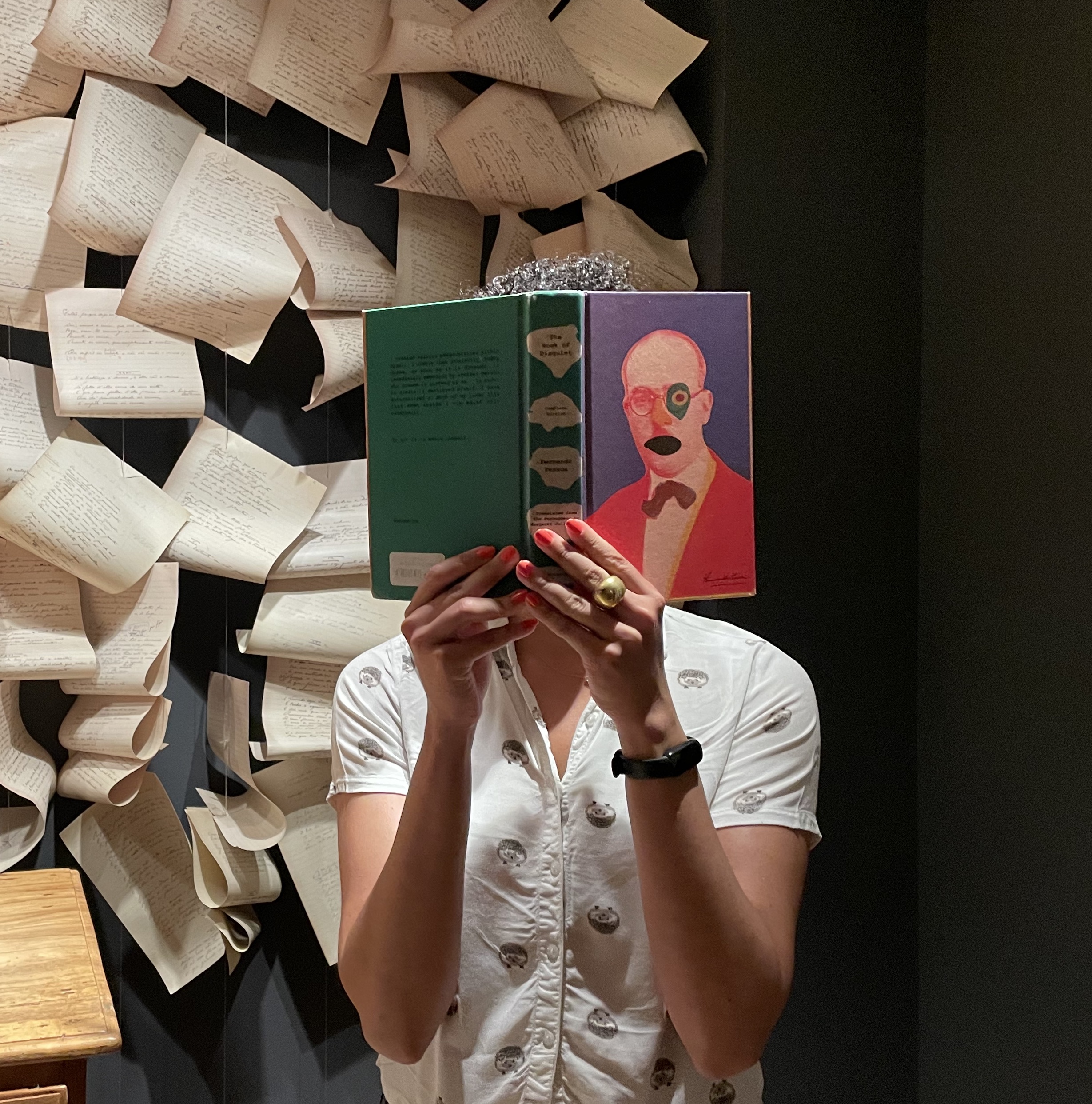Curated by KEI LIM
As you delve into our just-launched Issue 30, check out these recommendations from its contributors. JEN JABAILY-BLACKBURN, TAMAS DOBOZY, and ELSA LYONS bring you three reads to cozy up with as the days grow colder.
Olga Ravn’s The Employees (translated by Martin Aitken), recommended by Issue 30 Contributor Jen Jabaily-Blackburn
I don’t remember with any clarity how I might have come to encounter Olga Ravn’s entrancing and deeply idiosyncratic The Employees. No one I talk to remembers having recommended it to me. I don’t remember having read or listened to any reviews of it. As far as I’m aware, The Employees materialized out of nowhere onto my Libby app queue with a notification that my request was ready. My request?
Part workplace satire and part philosophical meditation on the natures of life, consciousness, and materiality, The Employees brings us into the 22nd century, presenting the stories of the human and humanoid crew of the Six Thousand Ship and their encounters with a series of strange objects that exist in the space between art and lifeform via a series of prose poems or lyric prose vignettes (pick your poison.) On the syllabus of a class I don’t actually have occasion to teach, it would feel at home nestled between Severance and Kazuo Ishiguro’s Never Let Me Go. All is not well on the Six Thousand Ship in ways that feel intensely familiar, the quotidian bumping up against the apocalyptic. Is the Six Thousand Ship doomed? Reader, you know it is before cracking a single page. Should you read it anyway? Well, what else are we here for?
I now have The Employees in three discrete formats: digital, audio, and paper. At 125 pages, the physical object of the book is small enough that it fits in my (admittedly capacious) dress pocket. Amazing how portable these things can be and still manage to contain whole worlds. I wish there was a way of telling you to read it without telling you to read it. Ideally, you will forget having ever read this recommendation, and The Employees will come to you as if by magic. You are getting very sleepy.
Eudora Welty’s The Collected Stories, recommended by Issue 30 Contributor Tamas Dobozy
Maybe it’s the weak digestion, and hence thin diet, of the short fiction workshop; or agents welcoming “upmarket” and “book club” and “new adult” (as distinct, I guess, from “pre-owned adult”) submissions; or the reduction of attention spans via the neurotoxins pingingly delivered by our tech oligarchs, but the idea of reading as labor seems nostalgic.
Which explains why I like it. I grew up among people playing scritchy-scratchy sláger records. Nostalgia is my birthright, my conditioning. And conditioning, not coincidentally, is what many of the Modernists were writing against. Think of Theodore Dreiser’s gnarled sentences, like a lesson on ugliness with a purpose: Stop skating the smooth surface of late-19th century prose and wake up to your participation in this thing you’re reading, and then carry that into the life you’re living with its similar drift through middle-class ease. And when you’re done with that, here’s Finnegans Wake, you lay about. Let’s see you sweat!
So we come to Eudora Welty, one of the most gloriously arcane of Modernist writers (along with hilarity, astonishing characters, briar-patched southern landscapes, and a total resistance to expectation). Take a look at “The Wanderers” for her beautiful code: “Because Virgie saw things in their time, like hearing them—and perhaps because she must believe in the Medusa equally with Perseus—she saw the stroke of the sword in three moments, not one. In the three was the damnation—no, only the secret, unhurting because not caring in itself—beyond the beauty and sword’s stroke and the terror lay their existence in time—far out and endless, a constellation which the heart could read over many a night.”
“Read over many a night” is right. Over many a year. Over many a graduate seminar, as I’ve done for a decade, the deciphering dependent on which version of EN692 you took. Welty draws attention to words the way Pollock draws attention to paint. Except not quite, because words aren’t paint, because no matter how attentive you are to how they screen the world, a little meaning still seeps through to seduce you. There’s music here, and I mean literally, since the story follows a lapsed pianist remembering her childhood music teacher. The “secret” of time, a necessary study for anyone who’s ever played an instrument, is that it is endless, containing in each of its moments the notes played and not played, and the potential notes it anticipates. And so vision—with its determinate images—is displaced by listening—with its constant attendance—to disclose the terror not in that we can be turned to stone but that we can’t. Time deforms and reforms us, reestablishing boundaries at every instant, and living with that is Welty’s heroism. Or at least that’s what I’m hearing in it today. That’s the constellation her notes have settled into. But I can see the words moving around even as I write this, ready to assemble into another score for me to listen to again.
Octavio Paz’ El Laberinto de la Soledad, recommended by Issue 30 Contributor Elsa Lyons
Octavio Paz’ El Laberinto de la Soledad (The Labyrinth of Solitude) is nearly impossible to summarize. A book-length essay divided in nine parts, it’s a barrage of generalizations—but generalizations rendered in startlingly precise prose. Concepts that explode into cascades of images. El Laberinto is not a prose poem. But Paz, first and foremost a poet, can’t help but see words the way a poet does; not as stable units of signification, but as living entities with their own wayward wills and logics. A metaphor is not just a stand-in for a concept, a container for meaning; it generates a flow of meanings and associations. It’s what Paz calls “el sueño que sueña,” the dream that dreams.
What is El Laberinto about? Its subject is “el Mexicano,” but defining it as a book about Mexican identity would be sort of like describing Anna Karenina as a book about Russia. Paz begins with the image of Mexico as a nation in its adolescence, naturally inclined towards self-contemplation. “Who are we?” is the shore he departs from—and that “we” initially refers to Mexicans in particular. But, as Paz signals in the 7th chapter, singularity is really just a portal to universality. Since there’s no way to talk about everything, all we can do is talk about something—and hope that if our language is alive enough, the everything will glisten under the skin of the something.
Ultimately, Paz is just playing—with images, archetypes, names, labels, language. Like a kid who enjoys building towers out of blocks almost as much as he enjoys knocking them down. The universe of “El Laberinto” is a universe of collapsing dualities. Converging opposites. For Paz, the whole point of structure is collapse; the whole point of form is the rebellion against it. As soon as terms are established, as soon as categories are sketched, they begin to spill into each other. Nationalism and universality, reality and imagination, history and myth, life and death. And the most important of all these pairs: solitude and communion.
According to Paz, the history of Mexico can be explained as a series of thwarted or aborted attempts to transcend solitude. But this is not just the solitude of “el Mexicano”; it’s the solitude of every human being, a solitude which Paz alternately describes as orphanhood, exile, silence, and yearning. Yearning for what? For communion; for a way to surrender ourselves to “el Todo,” the All.
The word “other” speckles the pages of El Laberinto; sometimes it seems to refer to a state of alienation—of solitude—and sometimes it’s explicitly associated with communion. At the end of the first chapter, Paz writes (roughly translated): “In every man lies the possibility of being, or more precisely, of becoming again, another man.” This “other man” isn’t some specimen of perfection to strive towards—he (or she, they, it…) is something like what Toni Morrisson calls the “beloved”; the part of us that we feel estranged from, that we long to fuse with. For Paz, the “other” is the unmanifest, the unnamed. It’s the unchosen word on the other side of every carefully chosen one. It’s what hums in the silence that surrounds speech. Maybe, if it’s about anything, El Laberinto de la Soledad is about this…




